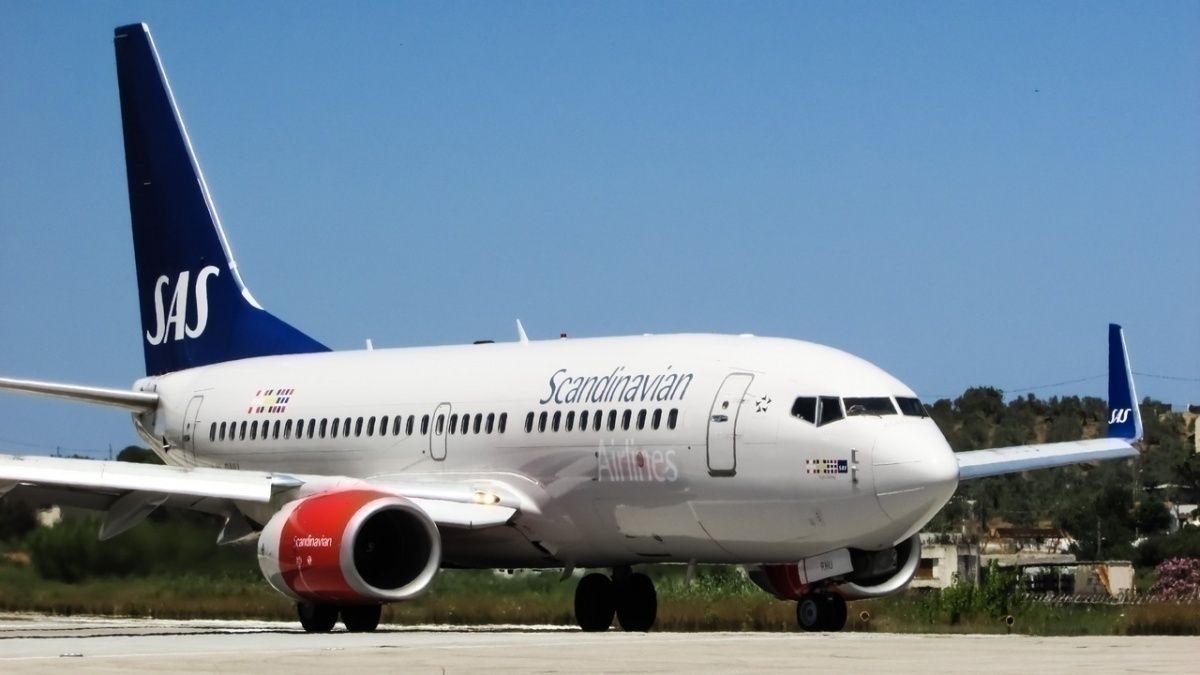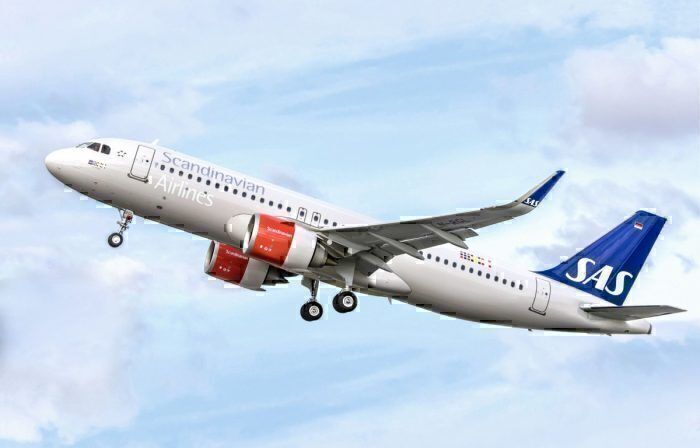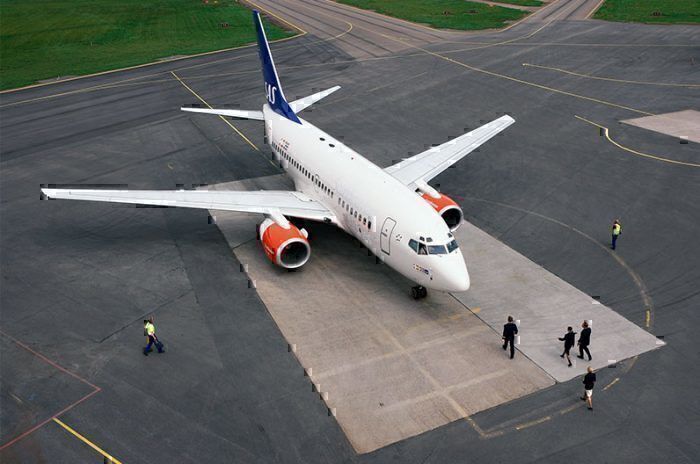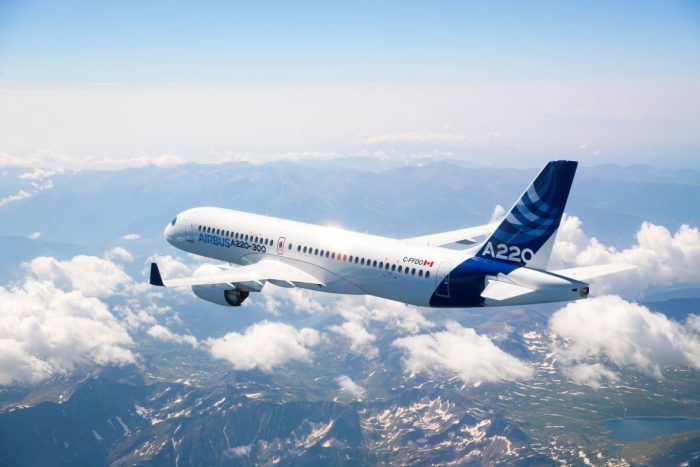Rumor has it that SAS is mulling launching a new airline. The new carrier would be a feeder for its long haul routes out of Copenhagen, and would use a smaller aircraft than SAS has in its fleet. Specifically an aircraft with high efficiency and a capacity of around 120 – 150 passengers. Can you think of any aircraft like that?
Is SAS starting a new airline?
Let me start by stating that this information is not much more than a rumor at this stage, but according to local media, Scandinavian airlines SAS could be mulling something very interesting. According to Nordic outlet Finansavisen, the airline is considering launching a new company with smaller aircraft and a new pilot contract.
The reason for this is down to the expense of operating flights as things stand. SAS is getting rid of its Boeing 737 NGs and replacing them with the A320neo. For the Boeing 737-700s, this is a bit of a jump up in passengers, from 141 to 180 passengers per plane.
SAS is worried that this will make some routes unfeasible, as the larger plane will be too difficult to fill, and is, therefore, looking to fix this perceived problem. Their solution? To get some smaller planes, but perhaps not to operate them under the SAS company.
Specifically, reports suggest that the new aircraft would be incorporated under an ‘independent unit’, in other words, a completely separate airline. SAS chief Rickard Gustafson has indicated that the new aircraft would be tied into a more affordable pilot and crew agreement, hinting that this would be a low-cost carrier, as opposed to a regional arm of SAS.
Why does SAS need smaller aircraft?
While SAS are happily celebrating the arrival of the A350, the loss of the 737-600 left a hole in its fleet. The specially configured narrowbody held 123 passengers, but the last of the type was retired in December. Now, with days numbered for its next smallest aircraft, the 737-700 with its 140 seats, SAS is looking for a solution to fill the gap.
In a separate report, Finansavisen shared a quote from SAS CFO Torbjørn Wist, where he was talking about the future fleet plans of the airline. He said,
"So far, this is something we have discussed internally, but we see that we should have 20 to 30 smaller aircraft. We see that we will have a need for aircraft that can take care of the feeder traffic taken care of by our smaller Boeing aircraft.
“We have not decided on how this will be organized in practice with regard to where the aircraft will be placed or in what structure they will be placed, except that it will be a Scandinavian operation.”
Going into further detail, Wist noted that an aircraft of 120 to 150 seats would be optimal for SAS’ needs. The airline notes its strong demand for services to feed passengers from, for example, the north of Germany, and onwards onto its long haul routes.
What aircraft will it order?
Whether the new entity ends up under the umbrella of SAS or indeed as a standalone low-cost airline, the fleet selection is really quite clear. An aircraft with 120 – 150 seats, that can operate long and thin routes in a highly economical fashion… there could only be one answer. The Airbus A220.
Of course, it’s not the only answer, but it is a good one. The A220 has proven its worth with airlines all over the world placing orders for the type. Its highly efficient operation and passenger pleasing comfort have made it a firm favorite for the ‘long and skinny’ side of things.
However, there is another, cheaper option. The Embraer E2 jet offers a similar capacity, although it takes a hit on range. But if SAS didn’t need it to go the distance, then the Embraer could be a good contender. Wist agrees, telling media,
“This aircraft type, A220, or Embraer could also suit us well. What is clear is that the aircraft will be based in Scandinavia and that we maintain the benefits of having a clean fleet.”
What do you think about all this? Does Europe need another low cost carrier? Let us know in the comments.




